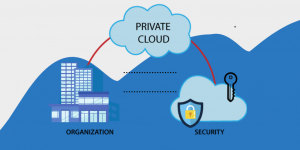What Are Cloud Deployment Models
Accelerate the deployment of your web and cloud applications with the most suitable cloud deployment model.
Accelerate the deployment of your web and cloud applications with the most suitable cloud deployment model.
Cloud deployment models are the approach in which a cloud platform is implemented, determined how it’s hosted, and who has access to it. All cloud computing deployments work on the same principle by virtualizing the computing power of servers into segmented, software-driven applications that provide processing and storage capabilities.
There are three main types of cloud:

A public cloud is a platform that employs the standard cloud computing model to make resources such as virtual machines, applications, or storage available to users remotely.
These services may be free or offered through various subscription or on-demand pricing plans, including a pay-per-usage model.

Private clouds are committed to the end-user. Although private clouds traditionally run on-premises, companies are now building private clouds on rented, vendor-owned data centers located off-premises.
The cloud becomes private when the underlying IT infrastructure is sanctified to a single customer with complete remote access.

Hybrid cloud is mixed computing and storage made up of on-premises infrastructure, private cloud services, and a public cloud.
Amazon Web Services (AWS) or Microsoft Azure is the most prominent hybrid cloud service.
In simple words, a combination of private clouds, on-premises computing, and public clouds in your data center indicates that you have a hybrid cloud infrastructure.